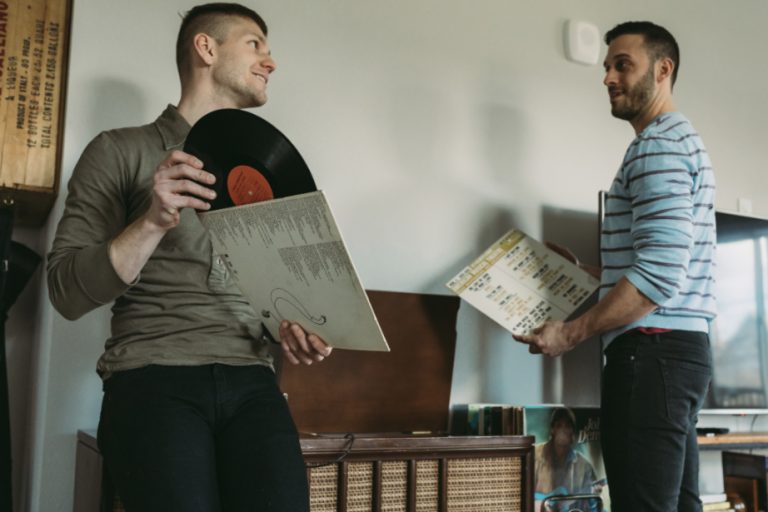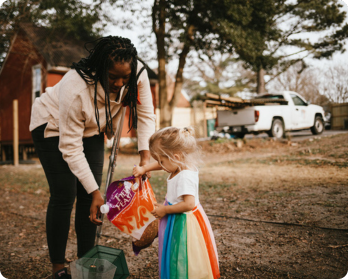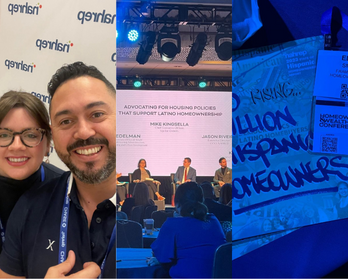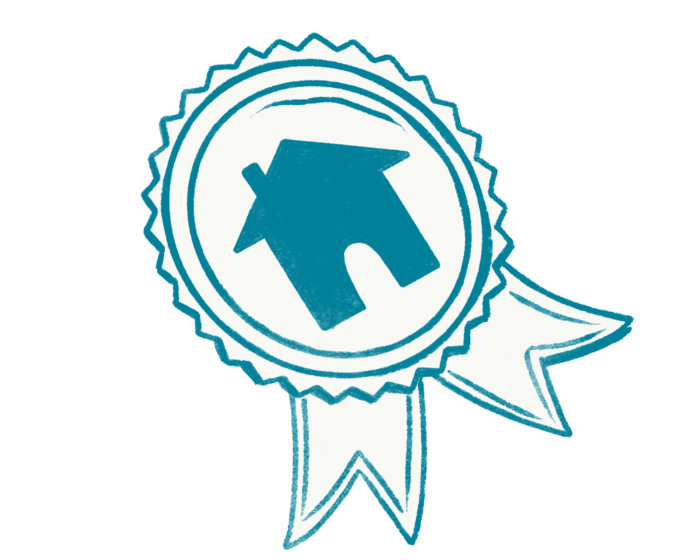This is part of our ongoing series on everything to know about homebuying.
Joe Weisbord is a contributing writer and subject matter expert with Keep. He’s been working on expanding affordable housing and nurturing sustainable communities throughout the United States for more than 30 years.
Can you buy a home with no money?
We get that question a lot. It makes sense. Saving for a down payment isn’t easy, or possible, for everyone to do.
The answer may surprise you. While you may not be able to buy a home with zero dollars whatsoever, you probably don’t need as much as you think. There are options that make homeownership possible with very little cash. It all depends on your individual circumstances and where you want to live.

How low can you go?
As homes get more expensive and it becomes more difficult to save money, many state and local governments and nonprofits offer down payment assistance programs to help out. These offer loans or grants to cover down payment expenses and, in some cases, closing costs, too.
Plus, down payment assistance can be used along with low down payment mortgages from the FHA, Fannie Mae, and Freddie Mac. (Not sure what all this is? Don’t worry! We break it down later on.)
And if you’re worried that these programs are no longer available because of the pandemic, rest assured.
“Availability of help for homebuyers has been minimally impacted by COVID-19,” says Rob Chrane, CEO of DownPayment Resource, which offers information on down payment programs nationwide. He adds that there are currently more than 2,300 of these programs across the country. “There continue to be many options for first-time and repeat homebuyers alike.”

However, DPA programs are generally independent of your mortgage lender, so it may take some research to find out what’s available where you plan to buy.
Meanwhile, there are two federal government programs that offer $0 down payment mortgage loans:
- Part of the country’s commitment to supporting military service members, veterans, and surviving spouses is the US Department of Veterans Affairs (VA) Home Loan program. The VA insures loans for 100% of the value of the home, meaning you don’t need to pay for any of it from the get-go. You will still have some out-of-pocket closing costs, but you may be able to get help from your lender if you pay a slightly higher interest rate. Some down payment assistance programs will help too, especially if you’re a first-time buyer. If you meet the VA eligibility criteria, consider this your first stop when shopping for a mortgage.
- The US Department of Agriculture (USDA) offers several types of $0 down payment mortgage loans through its Rural Development programs. These loans are designed to meet the needs of rural communities that often have limited access to mortgage options. Closing costs for USDA loans are handled similarly to VA loans.
What’s the money for?
While buying a home, most folks take out a mortgage. This is when you borrow the money to pay for the home so you don’t have to come up with the cash to cover the entire price out of your pocket.
But most mortgage loans will only cover a certain amount of the sales prices and require you to pay the rest in what’s referred to as a “down payment.” Your down payment can range anywhere from 20% of the full sales price, to more, or less.
Besides the down payment, you’ll also need to pay closing costs, which cover various aspects of the sales transaction and the mortgage application process. It’s possible for some of these costs to be included in your loan, but you may still need to pay upfront for appraisal, home inspection, and other expenses. (Check out our roundup of common closing costs.)
It also helps to prepare for the lesser-known expenses associated with buying a home. For example, do you have time to house hunt and shop around for a mortgage without taking off from work or paying extra for child care? That could go a long way for your finances.
How much money do I really need for a down payment?
Years ago, it was tough to buy a home without paying at least 20% of the sales price on your own, without a loan.
When my wife and I bought our home in the early 1990s, the best loan we could get required a 25% down payment. Fortunately for homebuyers, that’s changed considerably. Today, there are other mortgage options that require low down payments for those who don’t qualify for VA or USDA loans.
For example, mortgages backed by the Federal Housing Administration (FHA) require a down payment of only 3.5%. Though these loans are commonly called “FHA loans,” the FHA doesn’t actually lend them out. It insures lenders against potential losses, and part of the cost of that insurance is included in your monthly payment.
Fannie Mae and Freddie Mac, the government-sponsored enterprises (GSEs), don’t actually provide loans either — though they do create types of mortgages for lenders to offer. They both also buy loans from lenders, and as a result, take on the risks associated with whether homebuyers can pay them back.
Many lenders offer Fannie Mae’s HomeReady mortgage and/or Freddie Mac’s Home Possible mortgage. These loans require down payments as low as 3%, depending on your credit history.
Head’s up: When considering your mortgage loan options, don’t forget that lower down payments usually mean higher monthly mortgage payments. Additionally, many low down payment loans require private mortgage insurance, which can also raise your monthly payments. It’s key to consider the trade-offs and whether the lowest down payment will make the most sense for your finances.
Does where I’m looking to buy make that much of a difference?
After “other people’s money,” what’s the second-most popular saying in real estate? “Location, location, location!” Where your house is located often has a bigger impact on the cost than what your house has in terms of size, condition, or amenities.
Let’s consider a home of about 2,000 square feet with three bedrooms and three bathrooms.
In Dayton, Ohio, you can buy a home like this for about $185,000. In Riverside, California, the sales price will be more like $545,000. With a 3% down payment, that’s a difference of more than $10,000 to be paid upfront. Meanwhile, the monthly mortgage payment would be three times more in Riverside than Dayton, too.
In closing, with low down payment mortgage products and down payment assistance, there are numerous ways to buy a house for (almost) no money. Finding the right home for yourself and your loved ones takes time and care, so don’t be discouraged if it doesn’t come together right away. And remember, Keep is here to help you along the way!
For more financial tips for buying a home, check out:
- The lowdown on down payment assistance.
- What lenders see in your credit score.




